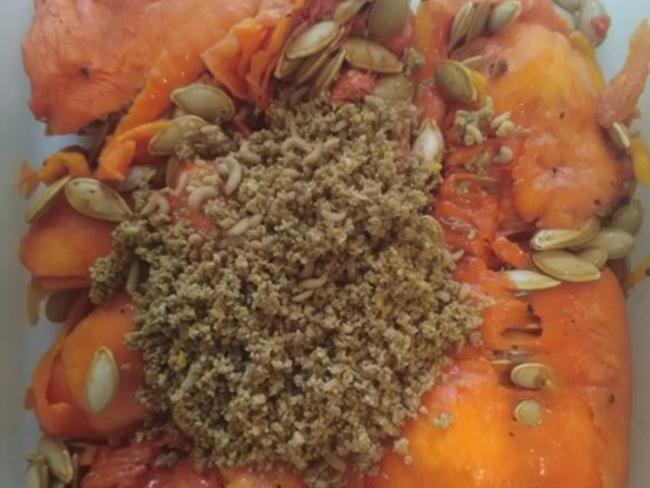Vegetable wastes: energetic and reuse opportunities

This plan pursues the general objective of enhancing the waste management of fruit and vegetable growers companies in order to pursue a circular economy, in which the products retain their value as long as possible and minimize the waste production their impact on the environment.
1) larvae digestion of vegetable scraps, separation of fats and proteins to get energy. 2) pyrolysis of the larvae residues to obtain energy (Syngas), biochar and bio-oil. Use of biochar as soil amendment to improve soil quality and structure, use of syngas to produce thermic or electric energy. The bio-oil constituents will be analyzed in order to evaluate if it is possible to use it to obtain food additives. 3) life cycle assessment of the activities undertaken to evaluate the reduction of the environmental impact due to the re-use of vegetable scraps.
This plan pursues the general objective of enhancing the waste management of fruit and vegetable growers companies in order to pursue a circular economy, in which the products retain their value as long as possible and minimize the waste production their impact on the environment. The expected results are:
• The reuse of the vegetable scraps through digestion by larvae of Hermetia Illucens (L.) (Diptera: Stratiomyidae). From the mature larvae it will be possible to extract fats especially suitable for the biodiesel production and protein panels that can be used in the bio-gas plants to produce energy.
• Pyrolysis of larvae residues to obtain syngas (energy) and biochar. The biochar can be used as soil amendment to improve soil quality and structure.
• The extraction and characterization of molecules contained in the bio-oil fraction (tar) in order to assess their possible re-use (as additives or antioxidants).
To realize the plan the following activities will be organized:
• Larvae digestion of vegetable scraps, separation of fat and protein constituents to obtain energy.
• Pyrolysis of the larvae residues to obtain energy (Syngas), biochar and bio-oil. Use of biochar as soil amendment to improve soil quality and structure, use of syngas to produce thermic or electric energy. The bio-oil constituents will be analyzed in order to evaluate if it is possible to use it to obtain food additives.
• Life cycle assessment of the activities undertaken in order to evaluate the reduction of the environmental impact due to the re-use of vegetable scraps.
| Titolo/Descrizione | Url | Tipologia |
|---|---|---|
|
Pagina web
|
Link ad altri siti che ospitano informazioni del progetto
|
|
|
Relazione tecnica finale
|
Materiali utili
|